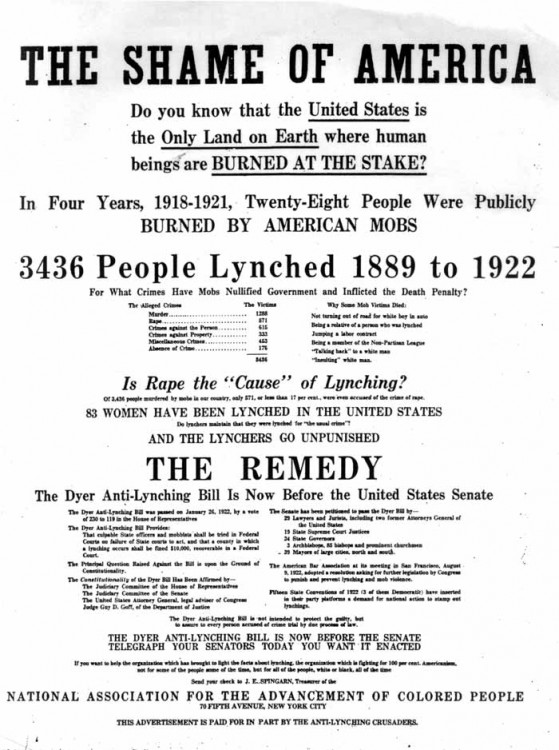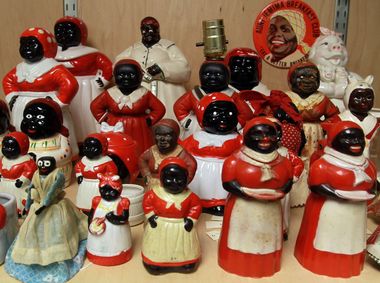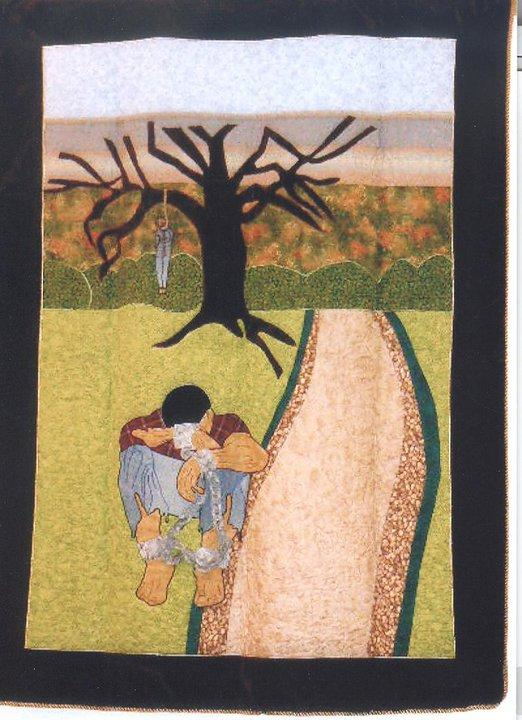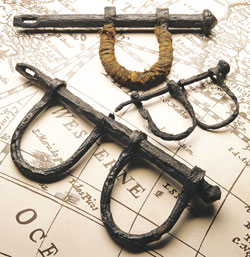HBCUs ponder their future as 47th president makes cuts to education dollars
Share
Explore Our Galleries
Breaking News!
Today's news and culture by Black and other reporters in the Black and mainstream media.
Ways to Support ABHM?
From Special to the AFRO

The nation’s historically Black colleges and universities, known as HBCUs, are wondering how to survive in an uncertain and contentious educational climate as the Trump administration downsizes the scope and purpose of the U.S. Department of Education – while cutting away at federal funding for higher education.
In January, President Donald Trump signed an executive order pausing federal grants and loans, alarming HBCUs, where most students rely on Pell Grants or federal aid. The order was later rescinded, but ongoing cuts leave key support systems in political limbo, said Denise Smith, deputy director of higher education policy and a senior fellow at The Century Foundation, a left-leaning think tank.
Leaders worry about Trump’s rollback of the Justice40 Initiative, a climate change program that relied on HBCUs to tackle environmental justice issues, she said. And there’s uncertainty around programs such as federal work-study and TRIO, which provides college access services to disadvantaged students.
[…]
Most students at HBCUs rely on Pell Grants or other federal aid, and a fifth of Black college graduates matriculate from HBCUs. Other minority-serving institutions, known as MSIs, that focus on Hispanic and American Indian populations also heavily depend on federal aid.
Get the full story from The Afro.
More Breaking News.









Comments Are Welcome
Note: We moderate submissions in order to create a space for meaningful dialogue, a space where museum visitors – adults and youth –– can exchange informed, thoughtful, and relevant comments that add value to our exhibits.
Racial slurs, personal attacks, obscenity, profanity, and SHOUTING do not meet the above standard. Such comments are posted in the exhibit Hateful Speech. Commercial promotions, impersonations, and incoherent comments likewise fail to meet our goals, so will not be posted. Submissions longer than 120 words will be shortened.
See our full Comments Policy here.